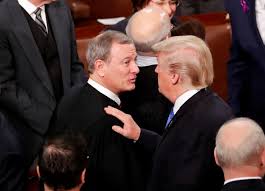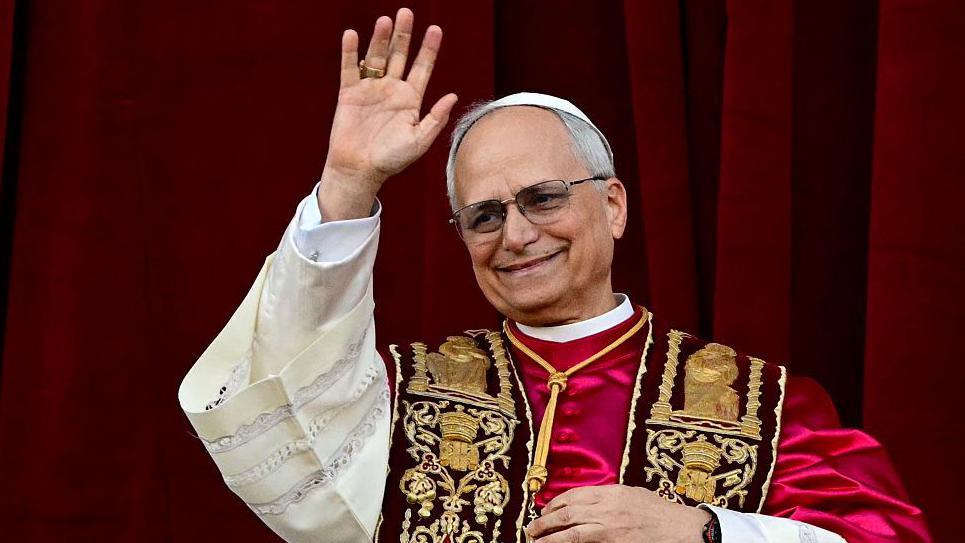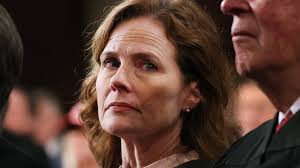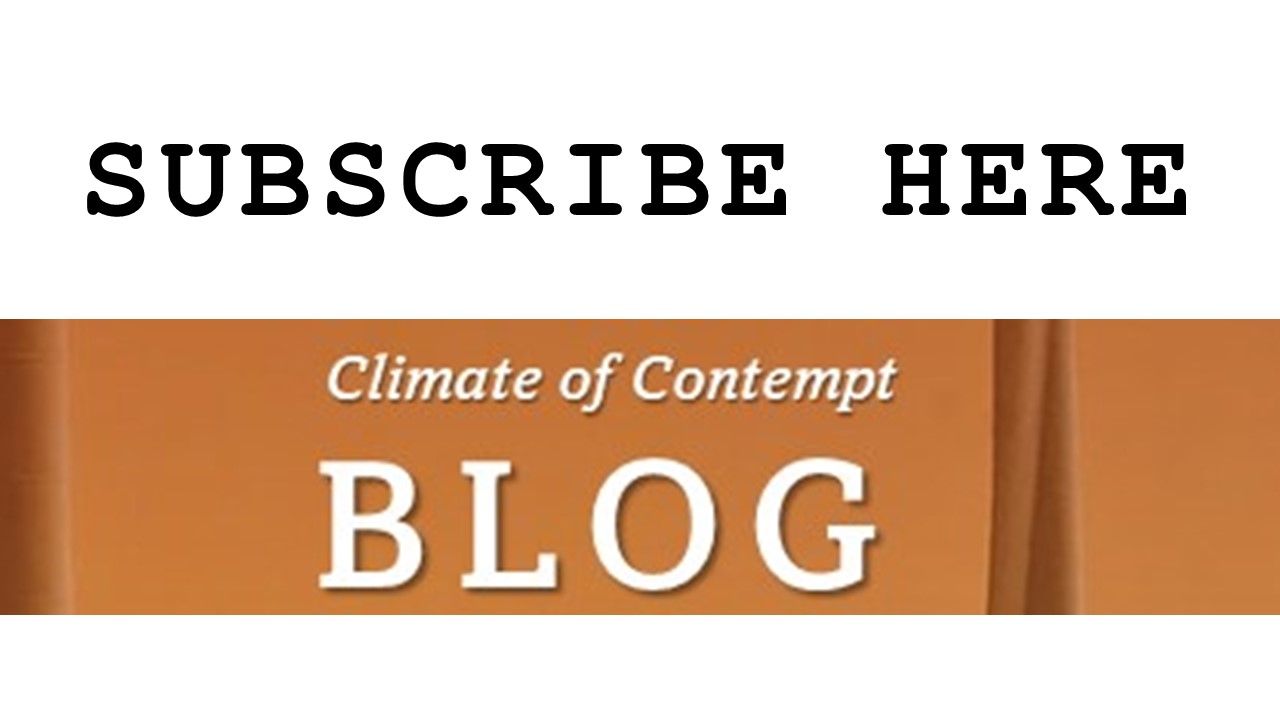Growing up in Rochester, New York in the 1960s and 70s most of my friends were Catholic. My family didn’t attend church, so most of what I learned about the Bible came from overhearing my friends talking about their “CCD classes,” their confirmations, etc. The Catholic families with whom I interacted back then were mostly from the liberal strain of the church, Jesuits and others (like the two most recent popes) who focused on good works and social justice more than individual salvation.
I knew that there were conservative Catholics too, because Catholic leaders featured in the heated abortion protests that were frequently in the news back then. And the ideological divisions in the church were later underscored by the church’s decision to sanction (and ultimately excommunicate) a local priest and parish for “distributing Communion to non-Catholics, blessing same-sex unions and allowing a female pastoral associate.”
I think about these divides a lot lately in connection with coverage of the Supreme Court and its role in determining the future of the regulatory institutions in the face of a president and party who would weaken or destroy them? That will depend upon a Court that features six Catholics and one former Catholic.
Judicial politics scholars have long included religious affiliation in the list of variables they examine to try and explain justices’ ideology. All of the Court’s current and ex-Catholics sit on the conservative wing of the Court, except Justice Sotomayor. But despite the prominence of conservative Catholics among advocates of a more authoritarian presidency, I suspect it is the justices’ conservatism rather than their Catholicism that is driving their views.
Nevertheless, conservative Catholic legal thinkers now cite religious faith to explain their embrace of academic theories such as “common good constitutionalism” and “unitary executive theory” — theories that would weaken some of the institutions of civil society, including the regulatory state. Legal scholar Adrian Vermeule, for example, now endorses a heterodox view of the Constitution that would place conservative social values on a higher plane of constitutional protection than respect for value pluralism.
Anyone familiar with the Federalist Papers will wonder how Vermeule squares that conclusion with the Constitution, and the answer is “not very well.” He uses a mix of “you started it!” and whataboutism arguments to try to protect (constitutionally) various conservative values in the face of contrary majority values. It is exactly the sort of ends-justify-means argument that Enlightenment scholars, moral philosophers and the American founders saw as a danger to democracy in pluralistic societies. Nevertheless, these ideas play to some conservatives’ perception that the cultural left is tyrannizing conservatives. Some wonder if those ideas resonate with the cultural conservatives on the Court.
Within the last four years the Court has departed from several important longstanding precedents. It has overturned precedent counseling deference to agency expertise,[1] circumscribed Congress’ power to delegate to agency experts in the first place,[2] and exempted the president from criminal liability for actions taken within his official duties.[3] The Court’s conservative Catholics joined in the majority for these decisions. Justice Sotomayor dissented in all three cases. (And President Trump is now reportedly encouraging illegality in support of his political goals with promises of presidential pardons.)
I tend to think that all the justices are people of conscience who care about the future of our democracy and our society, and try to reach decisions that they think will serve those ends. At the same time, they are subject to the same sorts of ideological and social pressures that the rest of us are. They too live in insular information bubbles.
Some on the left are hoping that Chief Justice John Roberts and Justice Amy Coney Barrett might be losing their enthusiasm for widening the scope of presidential power and/or weakening regulatory discretion. These hopes rest on some thin reeds, such as the apparent discomfort the justices felt when a hot mic caught Donald Trump thanking Roberts for keeping him out of jail.
After that embarrassing moment, Roberts and Coney Barrett have on occasion sided with the Court’s liberal wing on decisions unrelated to separations of powers issues. The president’s executive orders claim unprecedented power to reshape regulation and the executive branch without the need for pesky legislation, including the power to ignore statutory limits on the removal of executive officers and the procedural mandates of the Administrative Procedures Act. Its recent insistence on the right to use the military to “liberate” Los Angeles from its left-leaning (and duly elected) government suggests that the Administration may also have few qualms about interfering in regulatory matters within the states’ domain.
So, the hope on the left is that federal overreach will lead Roberts and Coney Barrett to reconsider their separation of powers views in light of the blatantly anti-democratic nature of the MAGA/Project 2025 effort. Other religious conservatives have turned away from the MAGA project. New York Times columnists David Brooks and David French have been particularly perceptive and analytical illustrative examples of this group.
This is the intellectual maelstrom within which Roberts and Coney Barrett are making decisions about cases before the Court. When the cases challenging the Trump Administration’s assault on regulation and democratic institutions reach the Court, will these two justices see things differently than their fellow conservatives?
No one knows. One can follow the litigation challenges to the Administration’s heavy-handedness here and here. But if ever there was a concrete factual context in which moderate conservatives might question the unitary executive theory, this is probably it. It was always a minority theory among academics, but presumably the scholars who developed it never considered the possibility that the White House would be occupied by someone as vengeful, reckless, vain and unscrupulous as Donald Trump. — David Spence
——————
[1] Loper Bright Enterprises v. Raimondo (2024)
[2] West Virginia v. EPA (2021)
[3] Trump v. United States (2024)




